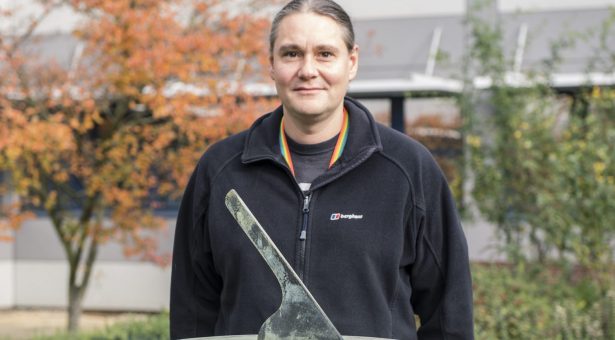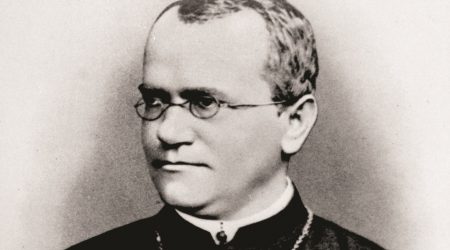How do plants tell the time?

Dr Antony Dodd joined the John Innes Centre from the University of Bristol towards the end of 2019.
With his research covering circadian rhythm and signalling in plants, we asked him how do plants tell the time and, if they have a circadian rhythm, whether plants suffer from jet lag?
“Yes, plants can suffer from jet lag. If you were to fly a plant from China to London, that plant’s circadian rhythm would be temporarily incorrect for the time zone. The evidence we have suggests that plants are much better than mammals at readjusting their internal body clocks to their local time zone, so they get back in-sync much more quickly than we do.
Circadian rhythms are what our bodies and many other living organisms use to measure the passage of time in order to co-ordinate their daily responses to the environment around them.
My lab studies the circadian rhythms of plants, because they affect a number of important factors in plant performance; things like growth rates, seasonal flowering and the accumulation of various chemicals like starch are all controlled by the plant’s internal circadian clock. Understanding how these clocks work and the signalling pathways connecting a plant’s circadian rhythm and the rest of the organism are therefore important on both a fundamental level but can also be applied to improving crops.
The genes that encode the circadian clock in plants have a lot of commonality between plant species, and most of the key underpinning work to understand the circadian clocks in plants has been done on the model species Arabidopsis. We are now beginning to learn more about circadian rhythms in crop species and is becoming apparent that, while there are lots of similarities, there are some important differences as well.
Recently, we had a significant breakthrough when we were able to show that a plant’s circadian rhythm can affect the responses of plants to some herbicides that are very commonly used in agriculture. The paper; ‘Plant circadian rhythms regulate the effectiveness of a glyphosate-based herbicide’ was published in Nature Communications last year and we are now building on that work.
Other things we are interested in at the moment include the signalling pathways between a plant’s circadian clock and those areas of that plant’s physiology that are controlled by that clock, such as photosynthesis and the plant’s responses to environmental stress. We would like to understand the communication that happens between those aspects of the lives of plants.
We are also interested in how circadian rhythms function in natural environments. Currently, most of the work in this area has been done in the lab under tightly controlled conditions, so we are currently collaborating with the Professor Hiroshi Kudoh lab in Kyoto to conduct field studies of circadian rhythms in naturally fluctuating conditions.
Throughout my life I have been really fortunate to meet a number of really inspiring people, that have led me to pursue different paths.
When I was an Undergraduate at Newcastle University, one of my lecturers was Professor Howard Griffiths, who was a fantastic lecturer and was at the time working on a specific type of photosynthesis known as CAM which is found in cacti and other succulents and allows them to open their stomata at night. This in-turn allows them to conserve lots of water and survive in the arid conditions, they are famous for thriving in. A key feature of CAM photosynthesis is the strict timing that governs when different processes can occur and different types of enzymes can be active, all of which relies on circadian rhythms. I was hooked.
During my PhD I worked in his lab and became increasingly interested in how circadian rhythms control metabolism and signalling. I then became a Postdoc in the Professor Alex Webb lab in Cambridge that looked at circadian rhythms of signalling. This led me to the question I work on now; how can plants tell the time?
It is something we see all around us. For example, it was documented by Charles Darwin who recorded that plants shifted the positions of their leaves during the day, which he described in a book that he wrote called ‘The Power of Movement in Plants’.
Outside the lab, I love hiking particularly mountain hiking. Norfolk doesn’t quite offer that, so I am really keen to head down to South America and hike there in the future. Back at home, I have recently started growing vegetables, particularly pumpkins. I am fascinated by the amazing variety of form and the diversity of the fruit you can get.”


